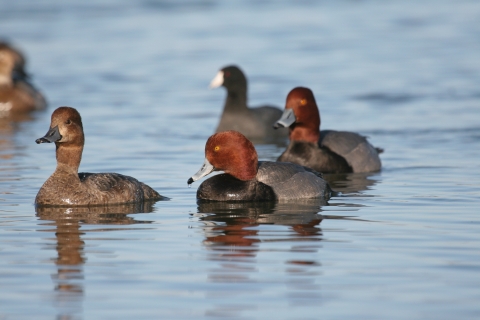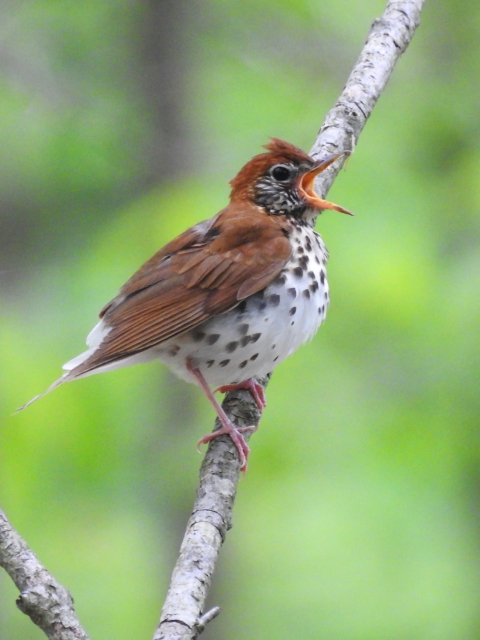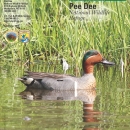Visit Us
National wildlife refuges offer us all a chance to unplug from the stresses of daily life and reconnect with our natural surroundings, Pee Dee National Wildlife Refuge provides numerous recreation opportunities to thousands of visitors every year. People enjoy viewing the diverse wildlife, whether boating, driving or hiking. Regulation of recreation activities allow for public enjoyment of the refuge while still protecting the wildlife and habitats.
Location and Contact Information
About Us
Pee Dee National Wildlife Refuge is located in both Anson and Richmond Counties in south-central North Carolina just six miles north of Wadesboro. The refuge was established as a migratory bird sanctuary, specifically to provide habitat for waterfowl and other migratory birds. Peak populations of waterfowl in the fall and winter can exceed 10,000 birds, with the majority being mallards, ring-necked ducks and wood ducks.
What We Do
Wildlife conservation is at the heart of the National Wildlife Refuge System. It drives everything on U.S. Fish and Wildlife Service lands and waters managed within the Refuge System, from the purposes for which a national wildlife refuge national wildlife refuge
A national wildlife refuge is typically a contiguous area of land and water managed by the U.S. Fish and Wildlife Service for the conservation and, where appropriate, restoration of fish, wildlife and plant resources and their habitats for the benefit of present and future generations of Americans.
Learn more about national wildlife refuge is established to the recreational activities offered to the resource management tools used. Using conservation best practices, the Refuge System manages Service lands and waters to help ensure the survival of native wildlife species. Pee Dee National Wildlife Refuge protects and manages a variety of habitats to provide safe resting and feeding areas for ducks and geese each winter.
Our Species
Pee Dee National Wildlife Refuge encompasses a variety of natural habitat types. These habitat types are closely associated with soil drainage and the frequency of fire on the landscape. The fish and wildlife species found on the refuge are closely connected to the habitat, each other, soil textures, depth of the water tables, and flooding frequency on the refuge.
Get Involved
Whether you want to further conservation, learn more about nature or share your love of the outdoors, you’ve come to the right place. National wildlife refuges provide many opportunities for you to help your community and fish and wildlife by doing what you love.



